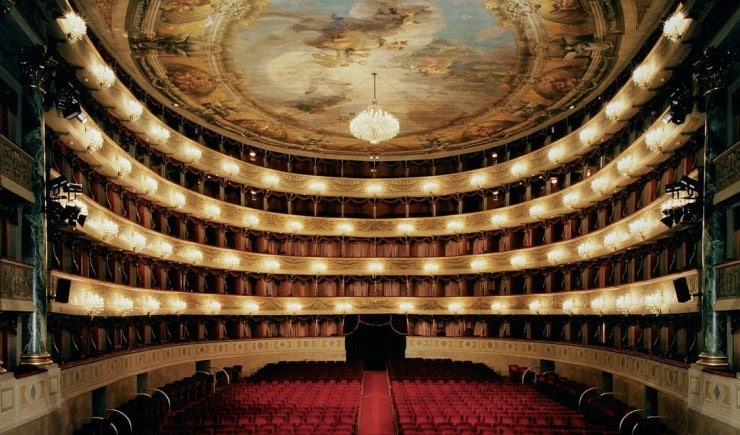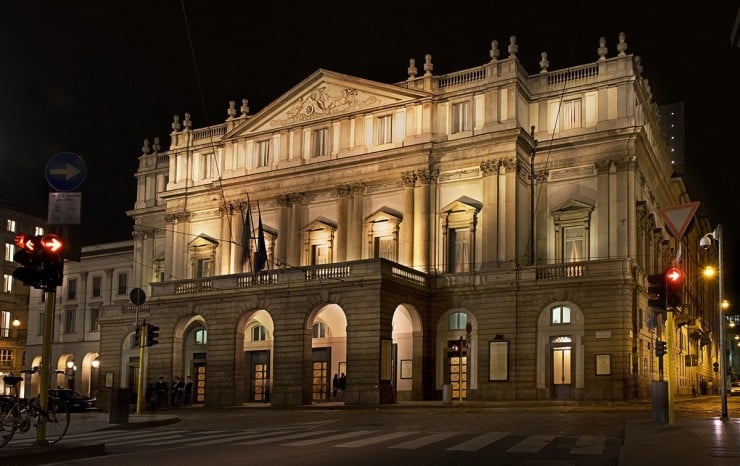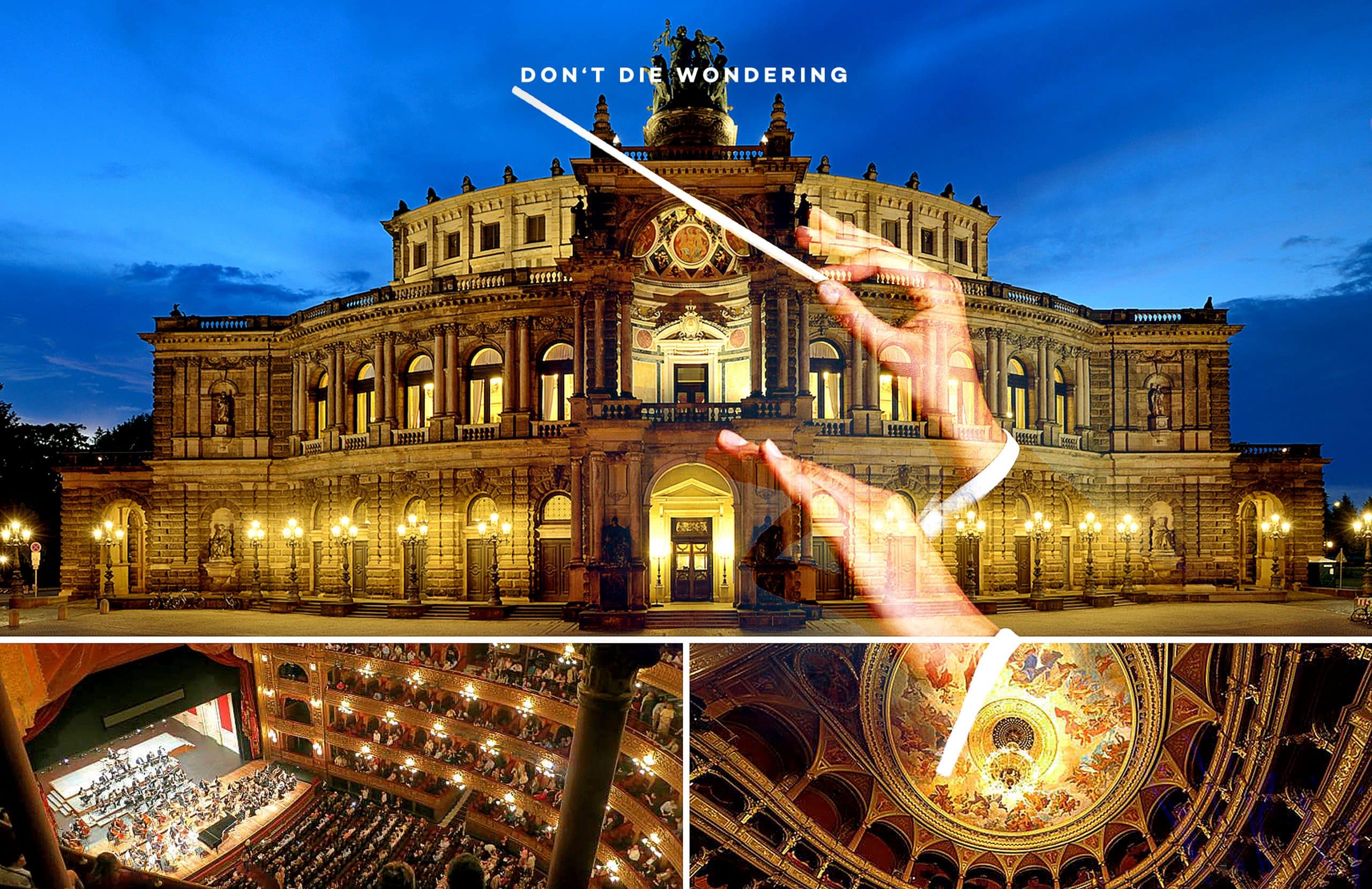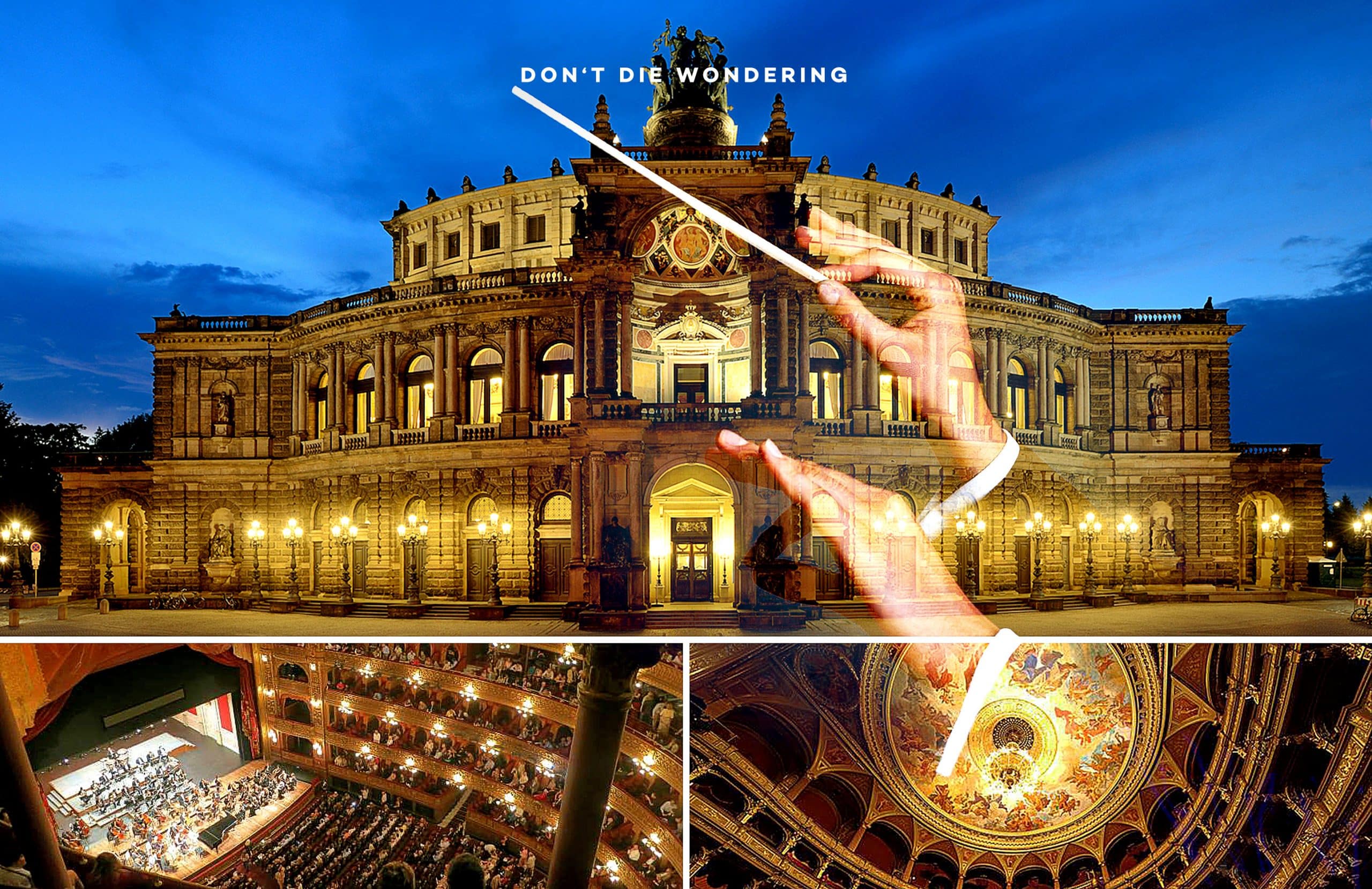Opera has a unique allure that invokes sensations hard to find anywhere else. The grandeur and eloquence involved with an evening at an opera house is a classy, highly sought-after experience across the world, particularly if it’s taking place in one of these famous venues.
Opera houses can be architectural masterpieces, often groundbreaking in their design, and aim to raise a sense of visual awe, matched only by the feeling you get when listening to a soprano hit the highest notes. They are cultural hubs of majesty, standing out as some of the proudest moments of human civilisation, where engineering and design meet imagination and passion.
Here are the world’s most prestigious opera houses:
Vienna State Opera, Vienna
This 19th-century building is as grand on the inside as it is on the outside, with ornate stonework and ostentatious chandeliers. Mozart’s premier Don Giovanni was performed at the opening, which was attended by Austrian Emperor Franz Josef and Empress Elisabeth. Austro-Bohemian Romantic composer Gustav Mahler worked as a conductor here. Visitors today can enjoy tours in several languages and some halls can be rented for particularly special occasions.
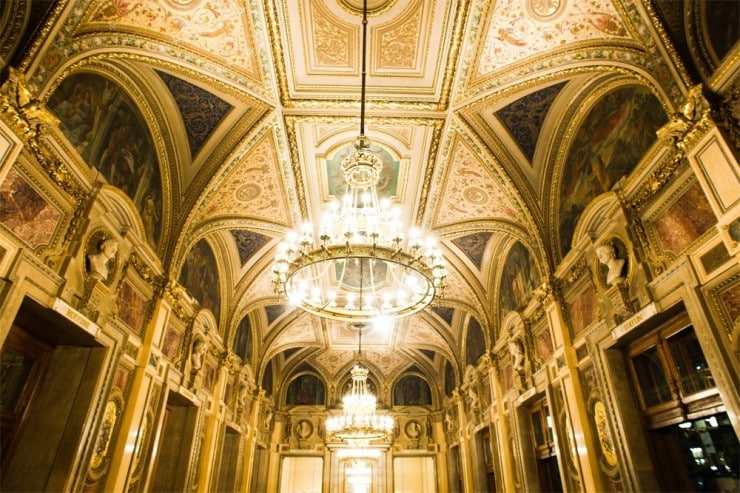
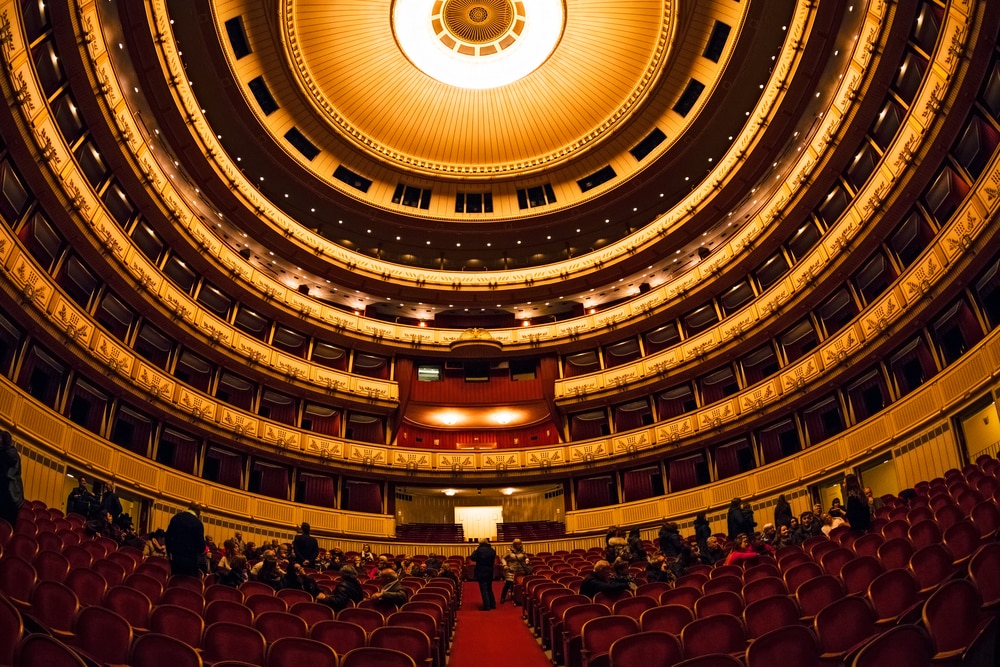
The Royal Opera House, London
London’s prized Royal Opera House in Covent Garden makes this list easily. The amount of history and significance associated with this building is hard to comprehend, having been built way back in the early 18th century. In its current form, the building is the third Royal Opera House, so the history stretches back even further.
George Handel’s operas were the first to be performed here and many of his operas and oratorios were designed specifically for this building. He gave regular seasonal performances here from 1735 to his death in 1759.
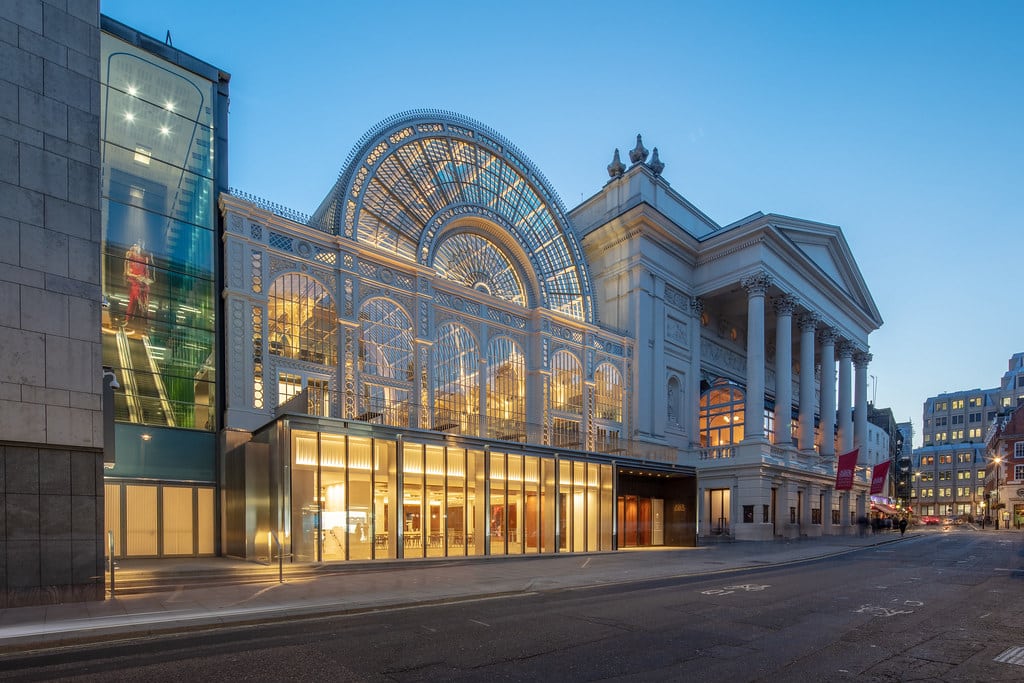
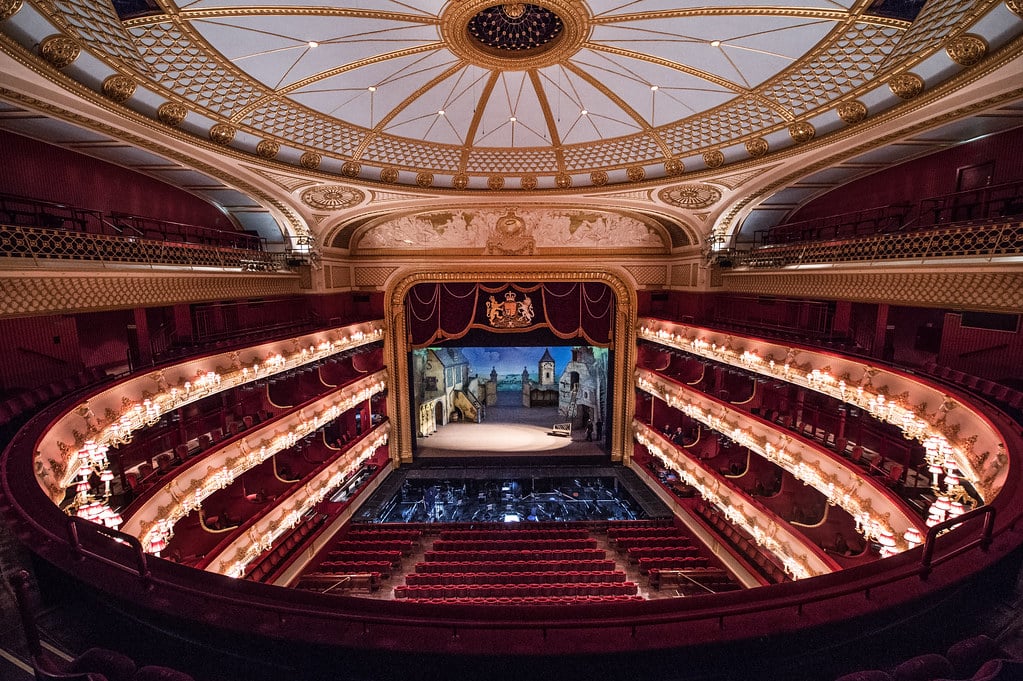
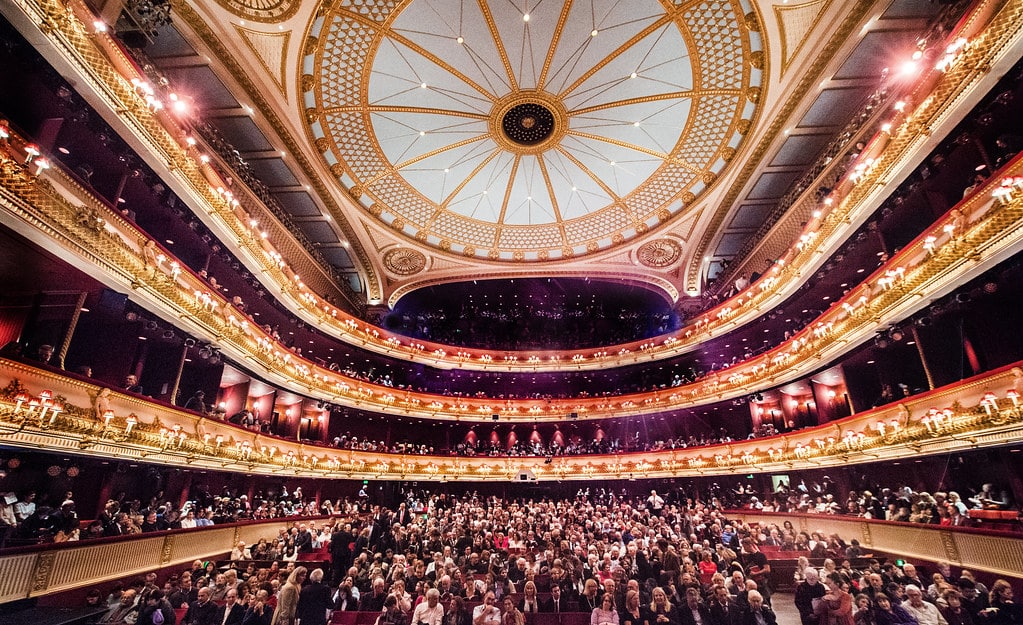
The Bolshoi, Moscow
One of the most important cultural venues in Russia, the Bolshoi has been rebuilt and renovated multiple times and has survived fires, wars and revolutions. It is a stoic mainstay in hundreds of years of Russian history, with the first building of the Bolshoi being traced back to the late 18th century.
The theatre closed in 2005 for interior renovations and reopened in 2011. The Bolshoi has been blessed with some of the world’s most decorated composers; Yuri Grigorovich choreographed iconic performances of Swan Lake, The Golden Age, and Romanda.
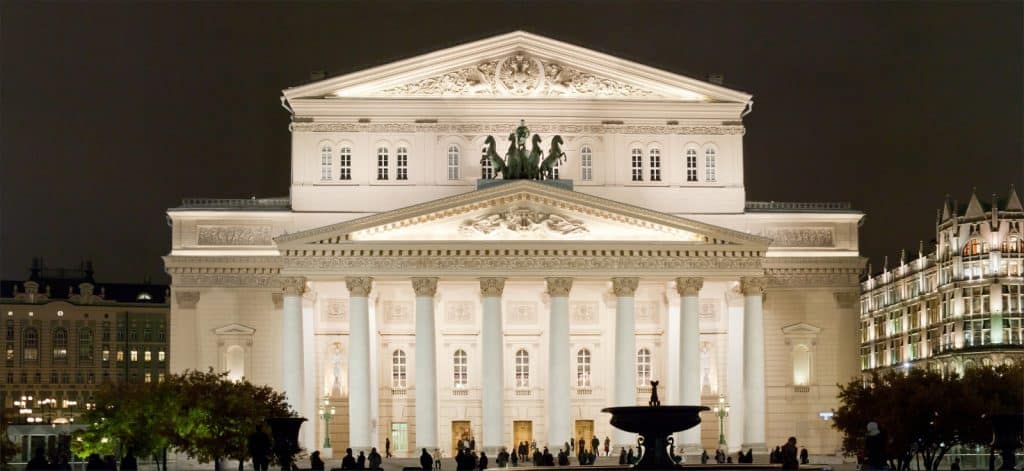
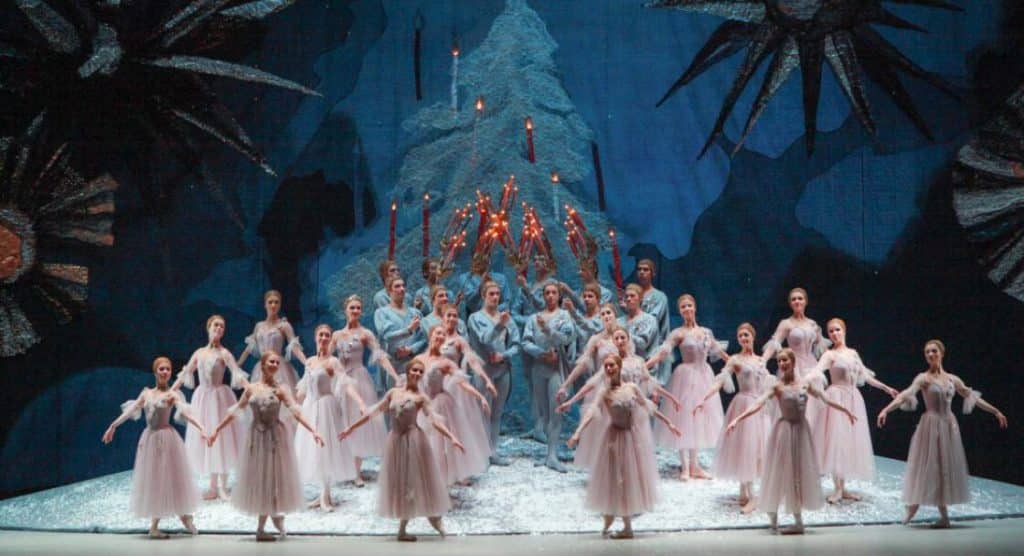
Teatro Colón, Buenos Aires
A more recent addition to the list, the Teatro Colón opened in 1908 with a performance of Verdi’s ‘Aïda’. This opera house was designed by a variety of architects, which may explain the structure’s diverse style. It seats 2,500 people and has space for a further 1,000 standing, making it the largest opera house in the world until the completion of the Sydney Opera house in 1973.
Iconic tenor Luciano Pavarotti praised the theatre’s acoustics but said that this feature isn’t always a good thing. “If one sings something bad,” he said, “one notices immediately.”
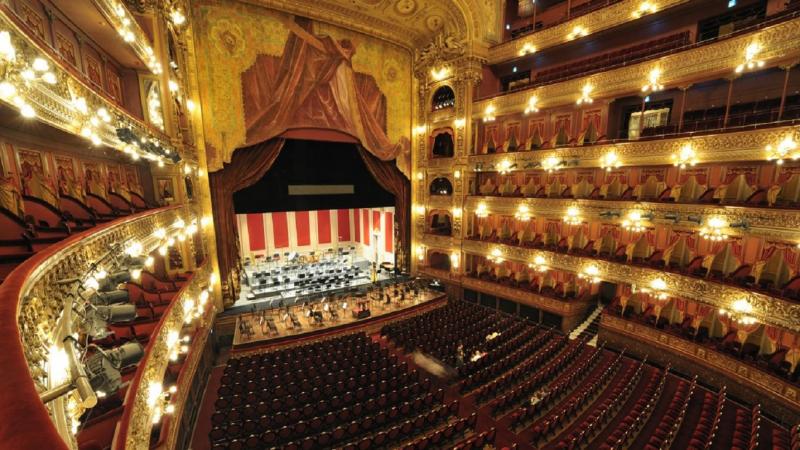
Sydney Opera House, Sydney
Another more recent addition, this building is probably one of the most recognisable structures on the entire planet and certainly sits amongst Australia’s most famous landmarks. The ground-breaking design was created by Danish architect Jørn Utzon to portray a series of overlapping shells and sails.
The grand opening took place in 1973, while the first performance was War and Peace by Prokofiev. Each theatre is panelled with different types of wood to enhance the venue’s acoustic qualities and give the interior a more pleasing aesthetic. An open-air venue can also be found in the forecourt, which holds many captivating outdoor performances.
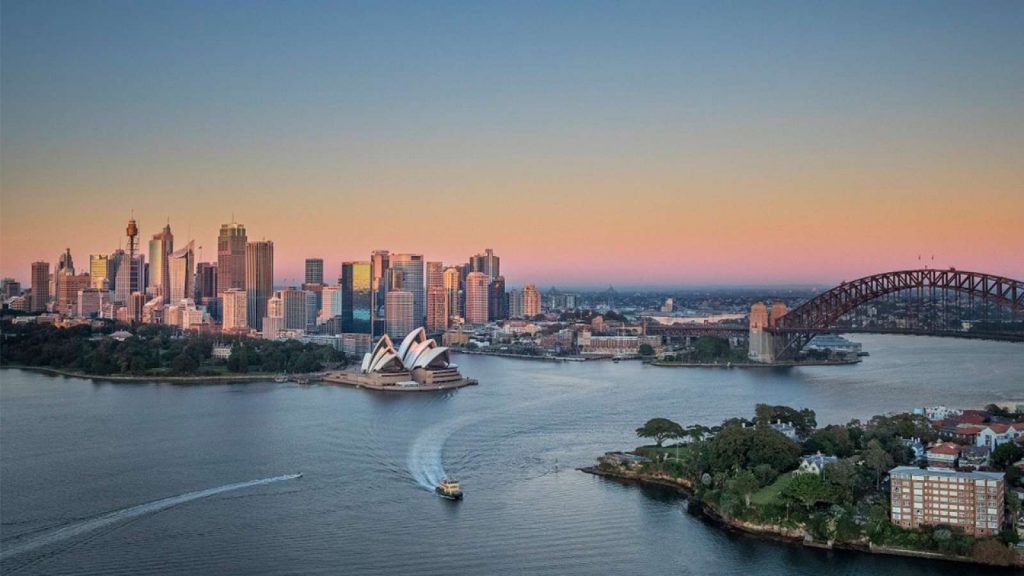
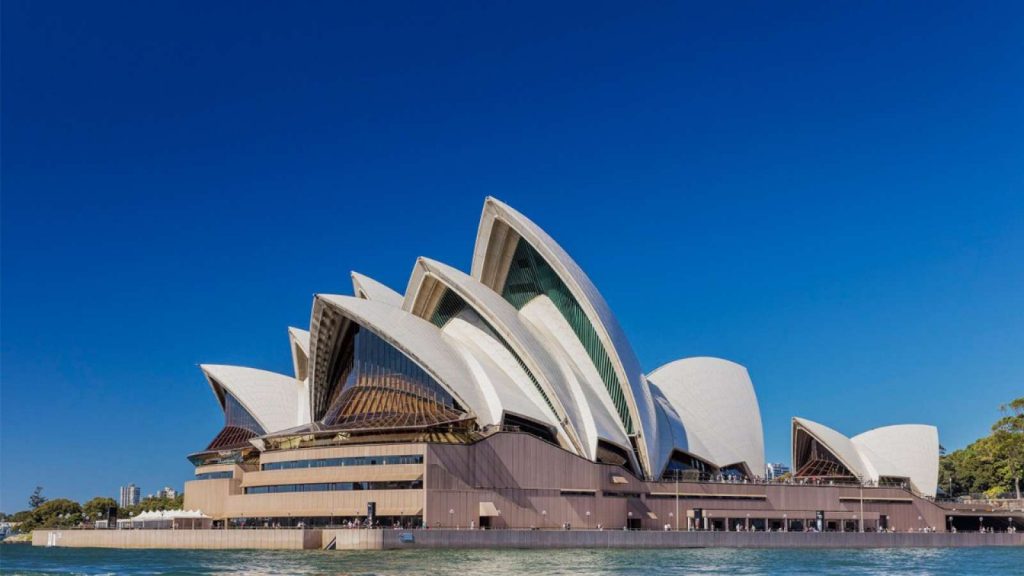
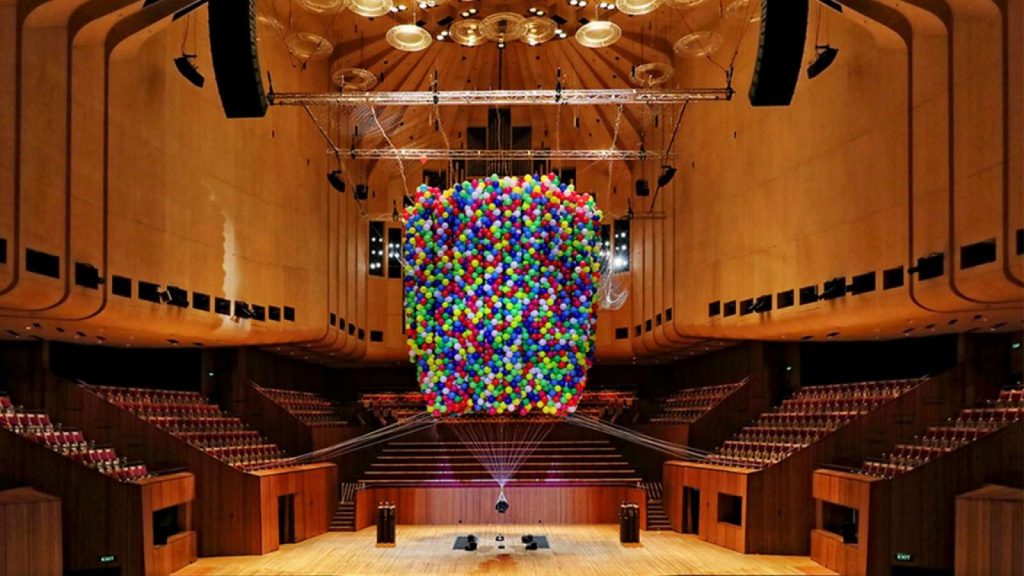
Palais Garnier, Paris
This incredible opera house can hold 1,979 seated people and can be found at the Place de l’Opera in the 9th arrondissement of Paris. Initially built for the Paris Opera from 1861 to 1875 at the request of Napoleon III, it is largely used today for ballet, and became world-famous for its performances of Gaston Leroux’s ‘Phantom of the Opera’ in the 20th century.
Few buildings in the world can rival the opulence and attention to detail displayed in the frescoes on the centre of the Palais Garnier’s ceiling, created by Marc Chagall in 1962. The ornate display is simply spectacular and puts it high on the list of Paris’ most celebrated cultural and historical treasures.
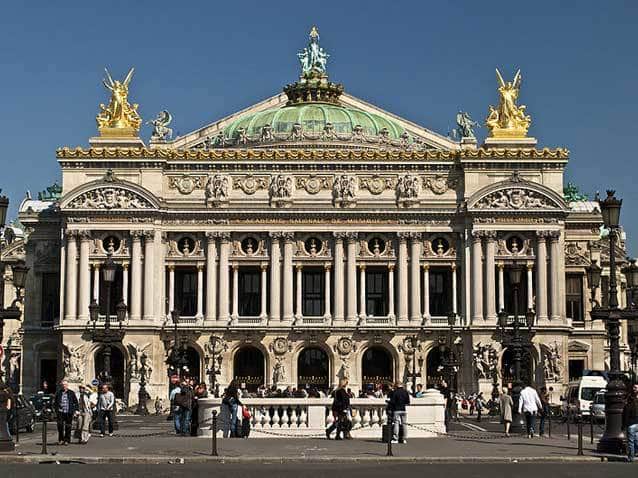
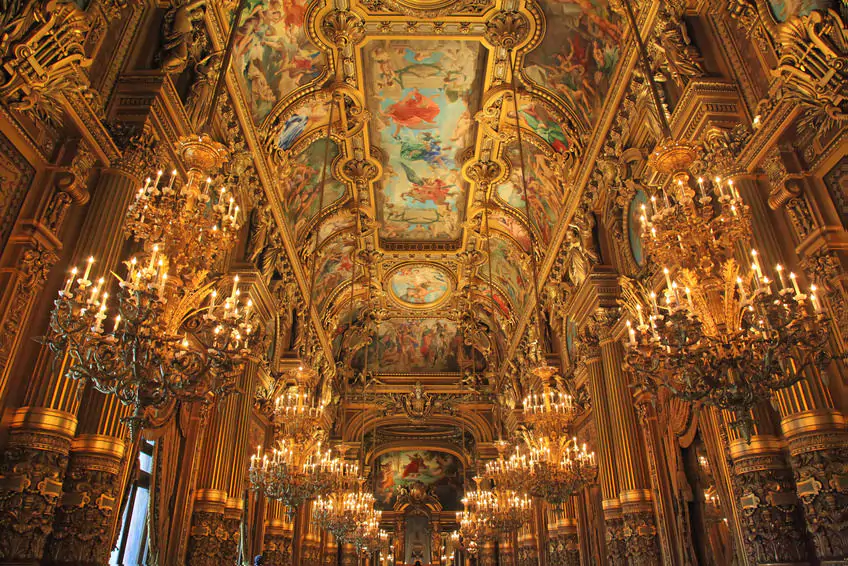
Lincoln Center, New York
The home of the Metropolitan Opera, New York Philharmonic, and New York City Ballet, the Lincoln Center for Performing Arts is the cultural nucleus of the city and also houses two theatres and a library.
It is known colloquially as the “Met” by opera lovers all over the world and is famous for its eloquent design, courtesy of architect Wallace K. Harrison, and awe-inspiring performances from some of the most talented opera singers on the planet.
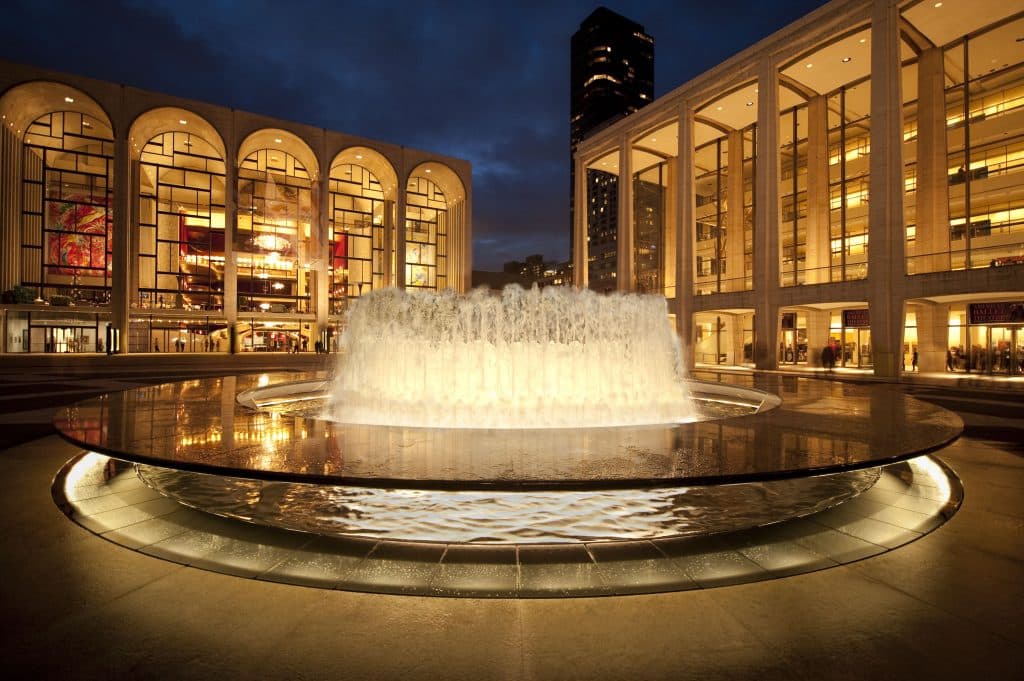
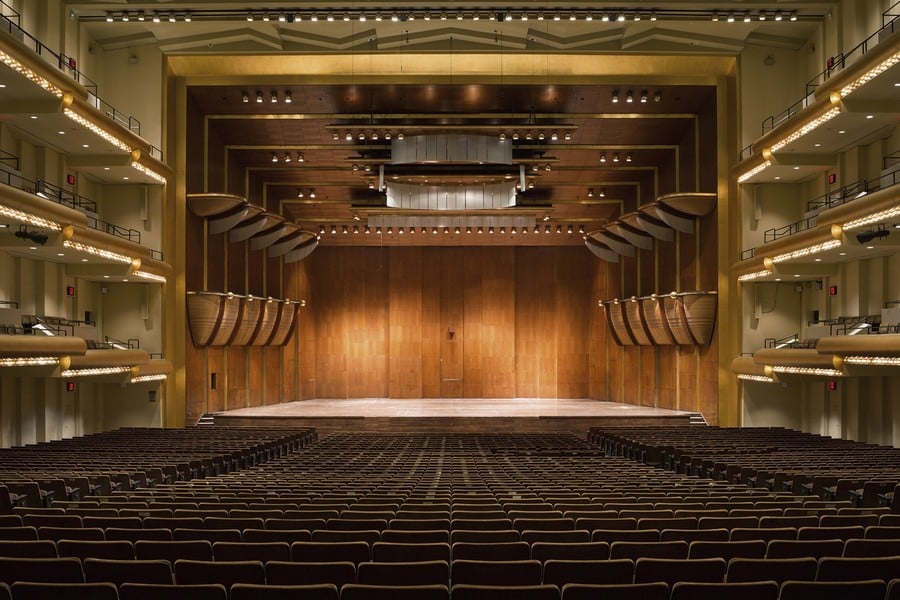
La Scala, Milan
The final opera house on this list; Milan’s Teatro Alla Scala boasts a reputation as arguably the world’s most premier opera house since its first performance of “L’Europa Riconosciuta,” by Antonio Salieri, in 1778.
Designed in the Neoclassical style by architect Giuseppe Piermarini, the theatre is famous for its superb acoustics and its intrinsic connection with opera as an art form. Performing here is considered a trial by fire by opera singers, as the acoustics are so good that it weeds out anyone who isn’t at the absolute top of their game. It’s the pinnacle of opera and is the home of Rossini, Bellini, Donizetti, and Verdi.
